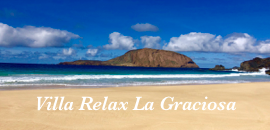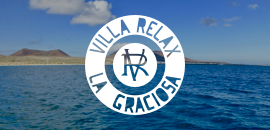weather in maspalomas
The beach of Maspalomas is in the south of the island of Gran Canaria. Its location and coastal nature is the reason the climate in this area is warm and dry. It is not influenced by the Trade Wind clouds that form the famous “donkey’s belly” in the northern part of the island. The climate of Maspalomas is characterized by scarce and irregular rainfall, less than 100 millimeters annual average and 23.5ºC yearly average. Moreover, due to the infrequent cloudiness, it has a high number of sunshine hours per year, reaching 259 clear days per year..
PHYSICAL ENVIRONMENT
One of the main attractions of Maspalomas is to find oneself surrounded by a natural environment of great beauty and great ecological interest: both a 6-kilometer beach and one of the most spectacular and interesting dune fields of the Canaries, the Dunes of Maspalomas.
Sand brought in by the tide formed the dunes. When dry, the sand is moved by the wind forming large masses of sand. The sand is mainly of organic origin: in other words, formed by seashell and algae fragments. Sand deposit is due to the existence of a wide alluvial plain formed in the Pleistocene Era by the matter flowing down the canyon of Fataga. During the Quaternary period, the rise and fall of the sea level formed paleobars (large linear accumulations of marine pebbles), which indicate ancient sea levels. The 4 km² dune fields were formed in this manner.
Maspalomas has different types of dunes. The transverse and barchan dunes are predominant. The first are characterized by their height, some more than 8 meters high, while the barchan dunes are normally low and crescent shaped. The transverse dunes have inter-dune depressions.
















